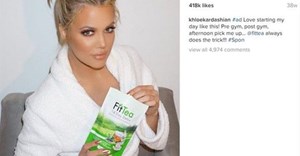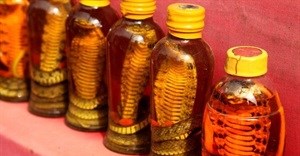
UK judgement on colour unlikely to persuade ASA
Kathy Lee, associate in ENS' IP department, says that trade mark authorities in Europe - who have a great deal of experience of colour and other so-called 'exotic' marks - are very particular when it comes to such rulings. "European courts say that not only must the colour or other feature that's supposed to be a trade mark be capable of distinguishing the product of one company from that of another, but it must be possible to represent that feature in a graphic form. The mark that is lodged must also be very clear."
Weird cases in Europe
"The European authorities have, over the years, had to deal with some weird and wonderful cases on such exotic marks. For example, a famous case dealt with the registration of a sound mark, being a few bars of Fur Elise together with the sound of a cockcrow. There have also been various well-known cases on colours, including Veuve Clicquot's registration for the colour orange for champagne. The gist of the decisions is that there must be a colour representation, a description of the colour in words, and preferably a Pantone number."
Lee notes that smell marks, in contrast, are more of a non-starter. "In a case which dealt with a scent described as 'balsamically fruity with a hint of cinnamon', the European court held that the requirement of a graphical representation is not satisfied by a chemical formula, a written description, a deposit of an odour sample, or even a combination of all three."
When Cadbury applied to register the colour purple as a trade mark in the UK, the application was very specific - it covered 'chocolate in bar and tablet form', and it was for the colour represented by Pantone 2685C 'applied to the whole visible surface, or being the predominant colour applied to the whole of the visible surface of the packaging.'
Less than satisfactory judgement
"The application was accepted because Cadbury was able to show that the colour had been used in relation to the goods on a very large scale, and that it was associated with the product. But Nestle opposed the application, arguing that the use of the expression 'predominant colour' introduced uncertainty - it was subjective, indeterminate, and it allowed for alternatives. As a result, the matter ended up in the High Court," says Lee.
"In a less than satisfactory judgement, the judge accepted that the term introduced a measure of uncertainty, but no more uncertainty than exists with any other registration of this kind. It was made clear that the term 'predominant colour' did not mean that the mark covered a combination of colours, and neither did the description present alternatives. And, as the highest court in Europe has made it clear that colour trade marks are possible, there was no reason for him to refuse this one."
In contrast, South African trade mark authorities refused an application by Cadbury to register the colour purple a number of years back. "UK judgements are, of course, not binding on our courts but they are persuasive. These recent rulings do present alternative perspectives that could potentially be adopted by our own legal system. This means that companies should probably be as clear and specific as they can be when it comes to registering colours."
Colour cannot be monopolised
She notes, however, that the Cadbury judgement in the UK is unlikely to persuade the Advertising Standards Authority (ASA) that it should become better disposed towards colour trade marks. "The ASA has made it clear on more than one occasion that it does not feel that colour can be monopolised. A few years ago it rejected an attempt by iBurst to claim a monopoly in the colour orange, and in a very recent decision it held that Canderel did not have exclusivity to a colour combination of red and yellow in the sphere of sweeteners. In both cases, the ASA's reasoning was that the Code is aimed at protecting original intellectual or creative thought, and that colour does not qualify," says Lee.
"Colour trade mark registrations have not yet gained much traction in South Africa, but they do remain an option for South African companies. However, courts and trade mark authorities would be very wary when it comes to colour marks, and the potential for such marks to create perpetual unjustified monopolies in cases it should not. Any company submitting such an application needs to consider their approach and reasons for doing so, very carefully before proceeding," concludes Lee.
















